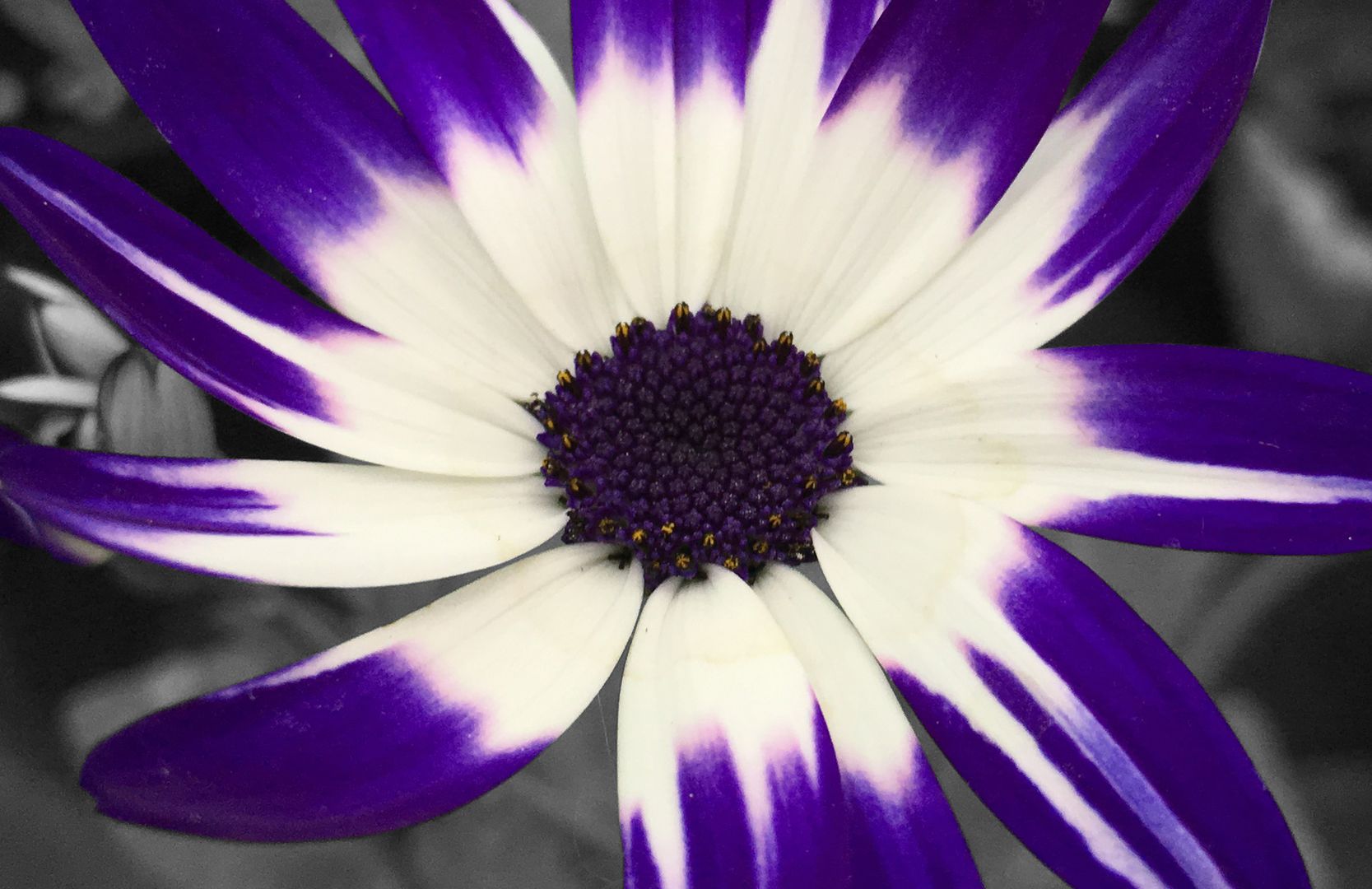
A wildlife-friendly garden helps preserve local biodiversity and brings your outdoor space to life. By focusing on native plants, you can provide essential food, shelter, and nesting sites for birds, insects, and other creatures.
#1. Why Choose Native Plants?
- Adapted to Local Climate: Native species thrive more easily and require fewer resources.
- Biodiversity Support: They provide familiar habitats for beneficial insects and birds.
- Ease of Maintenance: Healthier growth and natural resistance to local pests.
#2. Selecting the Right Species
- Research Local Ecology: Identify native wildflowers, shrubs, and grasses suited to your region.
- Layer Plantings: Combine groundcovers, perennials, and canopy trees to offer varied shelter.
- Consider Timing: Choose plants that bloom or bear fruit at different times to feed wildlife year-round.
#3. Provide Food and Water
- Plant Diversity: Include seed-bearing plants, nectar-rich flowers, and berry-producing shrubs.
- Add Water Sources: Birdbaths, small ponds, or shallow dishes for insects. Keep water fresh to prevent algae.
#4. Create Safe Shelter
- Leave Some Untidy Areas: Piles of leaves and twigs make great hibernation sites for insects and small mammals.
- Install Nest Boxes: Encourage nesting birds and beneficial pollinators to stay.
#5. Avoid Chemicals
- Natural Pest Control: Ladybirds, lacewings, and birds help keep pests in check.
- Companion Planting: Grow pest-deterrent herbs (like basil or mint) near susceptible plants.
By choosing native species and providing food, water, and shelter, you can create a thriving wildlife haven right in your own garden. Enjoy the additional diversity of birds, pollinators, and beneficial insects that will happily call your space home.